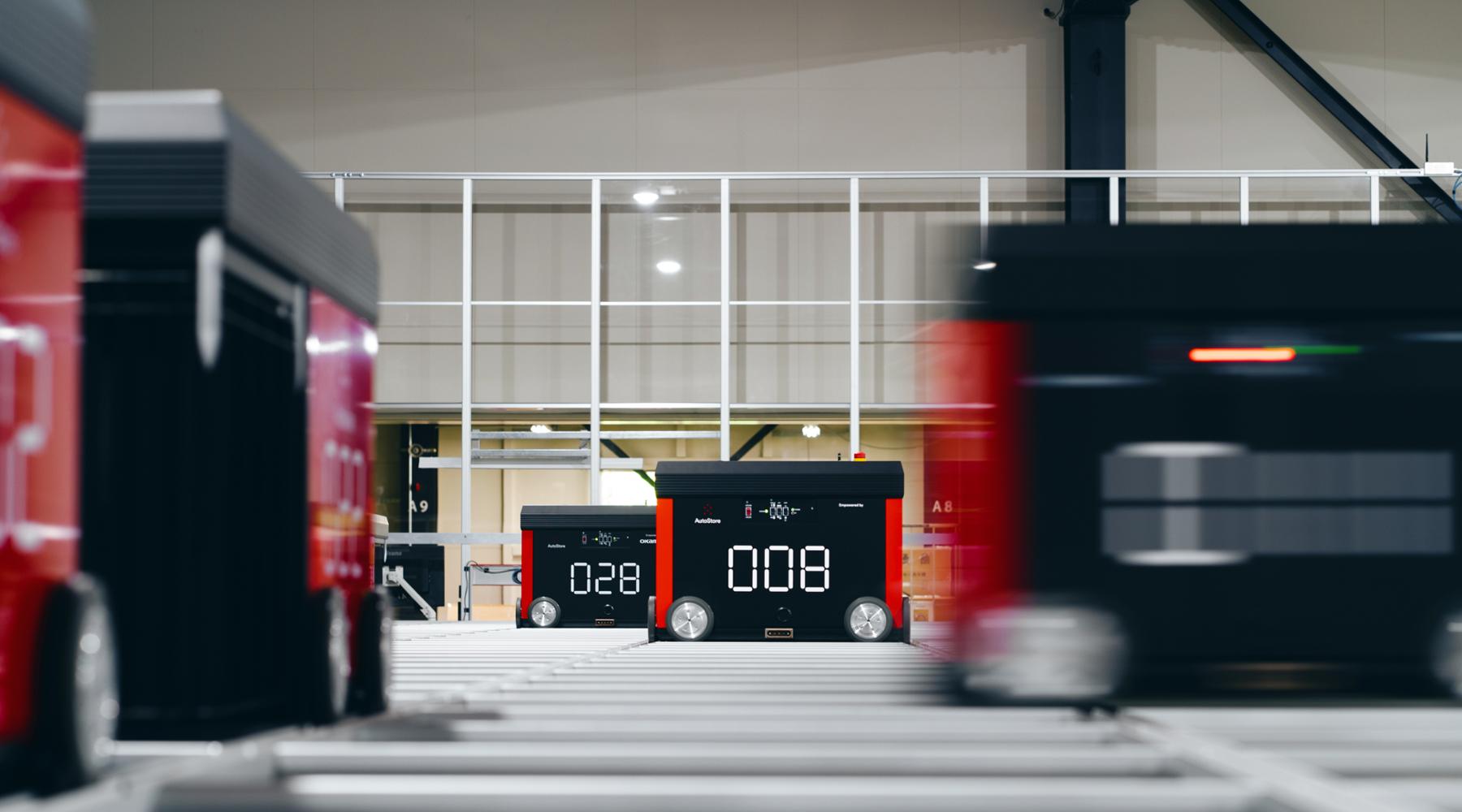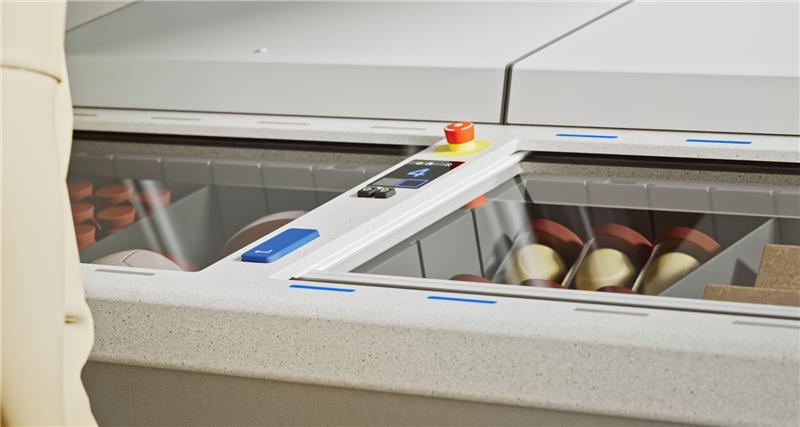Piece Picking Robots in the Warehousing Industry
The integration of piece picking robots with AutoStore systems is the future of warehouse automation. Explore how these combined technologies will transform warehouse operations by enhancing efficiency, accuracy, and adaptability while solving labor challenges.
The integration of piece picking robots, a specific type of pick and place robots, represents a significant leap forward in warehouse automation. These robots, engineered to perform repetitive tasks such as picking objects from one location and placing them in another, have become integral to enhancing efficiency, accuracy, and productivity across various industries. Coupled with the intelligent AutoStore automated storage and retrieval system (AS/RS), these robots are redefining the possibilities within warehouse operations, offering solutions that are not only innovative but also highly adaptable to the changing demands of the global market.
What is a piece picking robot?
Piece picking robots are automated systems engineered to execute repetitive tasks, particularly the action of picking up objects from one location and placing them in another. Typical workflows can include picking from a donor tote to a target tote, or from a donor tote to a carton. These robots are integral components in various settings, including manufacturing lines and logistics centers.
The building blocks of a piece picking robot
The primary components of a pick and place robot include:
- Robotic arm: This forms the primary structure of the piece picking robot, enabling it to reach different locations or items. This can either be in the form of a cobot or an industrial robot, depending on the kind of application and the reach required. Generally, cobots allow for easy and speedy human intervention in case of errors, while industrial piece picking robots require fencing around them and are generally not designed for a human to frequently intervene during the picking operation. Industrial piece picking robots usually have the advantage of being more economical, given the lack of advanced safety features (that calls for fencing).
- End effector or gripper: This is the component that physically interacts with the objects, picking them up and placing them elsewhere. The design of the gripper varies significantly depending on the nature of the items to be handled, ranging from suction ups for smooth and flat items to mechanical claws for irregularly shaped objects. Many robotic piece picking vendors are equipped with a tool changer, that allows them to select the most optimal gripper during the picking operation, based on the SKUs that they detect in the bins.
- Vision and motion control software: They play pivotal roles in the functionality of piece picking robots. These robots operate under the guidance of motion control software, which orchestrates their movements for efficient picking tasks. Integral to this process is the vision software, serving as the piece picking robot's "eyes." It usually employs machine learning and artificial intelligence to analyze the contents of a tote or carton, determining the best approach for item retrieval. Historically, piece picking robots underwent extensive training on vast datasets to learn selection capabilities. However, modern advancements now equip these robots with a robust set of pre-defined skills, eliminating the need for extensive prior training and allowing for immediate deployment.
Advantages and limitations of piece picking robots
The adoption of piece picking robots in warehouse operations brings a host of benefits aimed at enhancing efficiency, accuracy, and safety. However, like any technological advancement, there are inherent limitations and challenges that businesses must navigate. Here's a closer look at the benefits and points to consider when integrating piece picking robots into warehouse environments.
In summary, while piece picking robots offer transformative advantages for warehouse operations, including improved efficiency, accuracy, and safety, the investment decision needs to be considered looking at elements such as number of shifts, diversity of assortment, as well as ability to execute on the software integration piece as well as possible pricing models offered (upfront CAPEX, RaaS, rentals). Businesses considering their implementation must therefore weigh these pros and cons to determine whether piece picking systems align with their operational goals and financial capabilities.
While it’s clear that the piece picking technology presents significant advantages, the journey toward enhanced warehouse efficiency doesn't stop at merely introducing these robotic solutions. A piece picking robot is a great addition to cutting-edge storage systems like AutoStore to elevate operational capabilities to new heights.
Integrating piece picking robots with AutoStore: Enhancing warehouse operations
The synergy between piece picking robots and the AutoStore system represents a pivotal advancement. This integration of two technologies is a strategic fusion that significantly amplifies operational efficiency, adaptability, and competitiveness in the logistics sector. Let’s delve deeper into the practical application of integrating piece picking robots with AutoStore.
Piece picking robots can be integrated with AutoStore workstations (Ports) to take over tasks that require picking and placing. Let’s first introduce the functionality of the AutoStore workstations.
Introducing AutoStore workstations (Ports)
An AutoStore workstation is a critical component of the AutoStore AS/RS. The AutoStore system is renowned for its unique cube storage automation, where goods are stored in Bins stacked directly on top of each other in a Grid and retrieved by robotic units moving along the top of the Grid.
The workstation, also known as a "Port" or "pick station," serves as the interface where human operators, or piece picking robots, interact with the AutoStore system. It is at these stations that goods are either deposited into or retrieved from the system via Bins.
As mentioned above, piece picking robots can serve as an alternative to human pickers at the workstation, in particular for tasks that are highly repetitive.
Below are some examples on how piece picking robots can integrate with AutoStore workstations:
1. Order preparation: The piece picking robots can prepare orders for future fulfillment. With two workstations available, or the FusionPort Staging, the robotic arm can pick products from Bins containing products and place them in empty Bins or totes that will function as prepared Bins. Once the pre-picked, and prepared Bins are complete, they are sent back to the AutoStore Grid storage system. When the pre-picked order is ready to be packed and shipped, it can be requested at the workstation again.
One typical use case is having the piece picking robot prepare orders throughout the night. When human operators start their shifts in the morning, they can begin fulfilling the pre-picked orders, significantly improving order fulfillment speed.
2. Pick and pack: In combination with an automated packing system and a takeaway conveyor placed on top or next to the AutoStore Port, piece picking robots can take over picking and packing tasks. The piece picking robots pick products from an AutoStore Bin presented at the workstation, scan the picked item(s) with automated scanning, and place the item(s) in a carton presented on the conveyor. From there, a conveyor transports it to an automated packing station, where the carton can be closed and labeled.
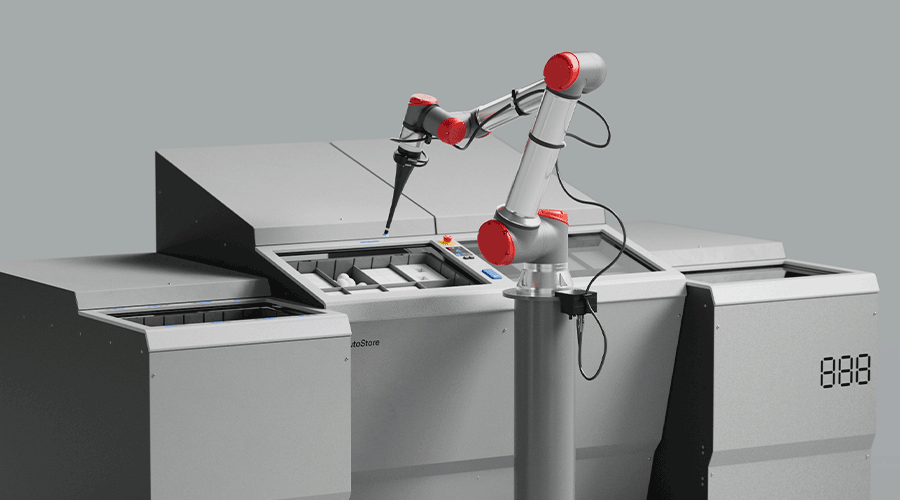
3. Batch picking: The robotic arm can be used for batch picking when it picks from AutoStore to multiple destinations, such as multiple totes or multiple compartments on a putwall. This method is particularly effective in environments with high order volumes and similar item requirements across orders.
4. Returns handling: Piece picking robots can automate the sorting and restocking of returned items, ensuring that products are quickly processed and available for resale. This role is crucial in maintaining inventory accuracy and reducing the turnaround time for returned goods.
By integrating piece picking robots, AutoStore customers can unlock significant benefits. The reduction in labor dependency stabilizes operations and addresses workforce shortages, while the capacity for robots to prepare orders outside standard hours boosts productivity and extends facility utilization, illustrating the powerful synergy between AutoStore and piece picking robots in driving warehouse efficiency and productivity.
Use cases and roles for piece picking robots integrated with AutoStore workstations
Apotea, an e-pharmacy in Sweden, installed three Element Logic eOperator piece-picking robots at their logistics center in Morgongåva business park, west of Uppsala. eOperator combines RightPick piece-picking technology from RightHand Robotics with AutoStore software from Element Logic. When AutoStore delivers an item, the robotic arm picks it and fulfills the customer orders at high speed. It can pick and place thousands of products.
Learn more about the Apotea robotic piece-picking solution in this video:
3 seamless integrations for optimized operations
The collaboration between AutoStore and piece picking robots is characterized by three critical areas of integration: hardware, software, and material flow. Each facet is essential for maximizing warehouse functionality, seen at Apotea:
1. Hardware integration
AutoStore ensures a seamless physical connection with robotic piece picking through standardized interfaces, facilitating easy replication and consistent performance across diverse locations. AutoStore Ports are the same across all sites, making it easy and effective to design the robotic cell around the Port.

2. Software integration
The range of software integration spans from basic, direct command executions to sophisticated interactions with warehouse management systems (WMS) and/or warehouse execution systems (WES), enhancing speed and handling exceptions efficiently. AutoStore compatibility with leading WMS providers paves the way for advanced robotic piece picking implementations.
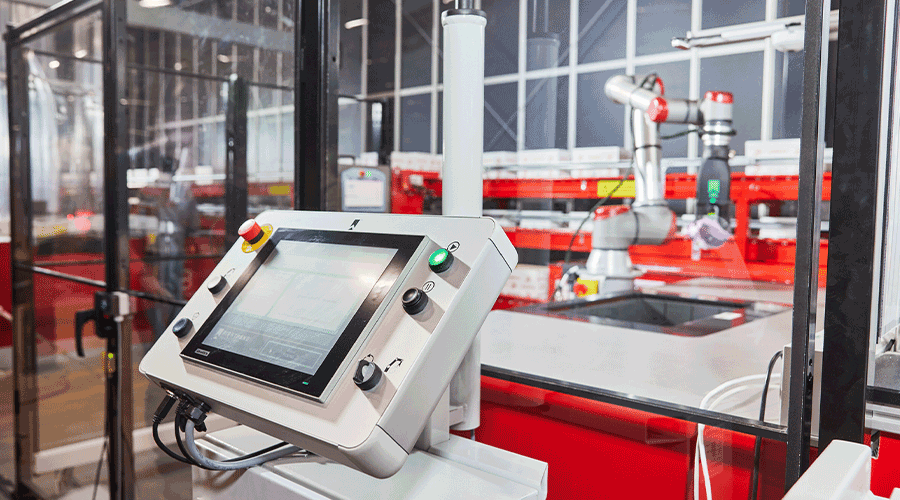
3. Material flow integration
Customizing integration to align with specific operational needs is crucial. Whether it's integrating with existing conveyor systems or automating carton erection and packaging, AutoStore and its partners leverage extensive automation experience to refine material flows, thereby optimizing warehouse operations.

The future: Evolving integration and automation
Looking ahead, the integration of piece picking robots with AutoStore is poised for further advancement. The ongoing trend toward automation in warehousing, driven by labor shortages and a constant need for resilience, promises to elevate efficiency and customer value to new heights. With improvements anticipated in hardware, software, and material flow integration, facilitated by the growing expertise of AutoStore partners, the future heralds a landscape of increasingly sophisticated and seamless automation solutions.
Conclusion
As we look toward the future, the integration of piece picking robots with AutoStore systems in warehouses presents a landscape brimming with potential. The ongoing trends in automation, supported by the dynamic interplay between collaborative and industrial robots, highlight a future where operational efficiency, reduced labor dependency, and increased productivity become the cornerstones of warehouse management. The role of AutoStore partners becomes increasingly vital, acting as conduits for sophisticated and seamless automation solutions that promise to revolutionize warehouse operations. As this integration deepens, it paves the way for a more efficient, productive, and adaptable supply chain ecosystem, ready to meet the demands of tomorrow's logistics and manufacturing challenges.
{{cta1}}
FAQ
What is piece picking in robotics?
Piece picking in robotics refers to the use of automated systems designed to precisely pick up objects from one location and place them in another, utilizing advanced technologies such as vision systems, grippers, and artificial intelligence. These robotic systems are adept at handling a wide range of items, from small components to larger products, making them versatile tools in industries like e-commerce, manufacturing, and logistics. The goal of piece picking robots is to enhance operational efficiency and productivity by automating the labor-intensive and repetitive tasks of manual picking, thereby improving warehouse workers’ satisfaction and increasing productivity.
What is the piece picking process?
The piece picking process involves robots or human workers accurately selecting individual items from bins, shelves, or containers to compile orders based on specific requirements. In automated setups, this process is often guided by sophisticated vision and motion control software, which enables the robots to identify, select, and handle items with precision. The process typically starts with an order input, followed by the robot navigating to the item's location, picking the item, and finally placing it in a designated area for packing and shipping. This streamlined approach is crucial in order fulfillment centers where speed, accuracy, and efficiency are paramount.
What is the difference between case picking and piece picking?
Case picking and piece picking are two distinct methods used in warehouse operations, differentiated mainly by the scale of the items being handled. Case picking involves selecting and moving entire boxes or cases of items, which is typically employed for larger, bulk orders. This method is often used when a retailer or distributor requires a large quantity of the same item, as it allows for the efficient movement of stock in bulk. On the other hand, piece picking focuses on selecting individual items for smaller, specific orders. This method is particularly prevalent in e-commerce and retail distribution centers, where orders often consist of a variety of different items requiring precise selection to meet customer demands. While case picking is about efficiency in bulk handling, piece picking prioritizes accuracy and flexibility for customized order fulfillment.



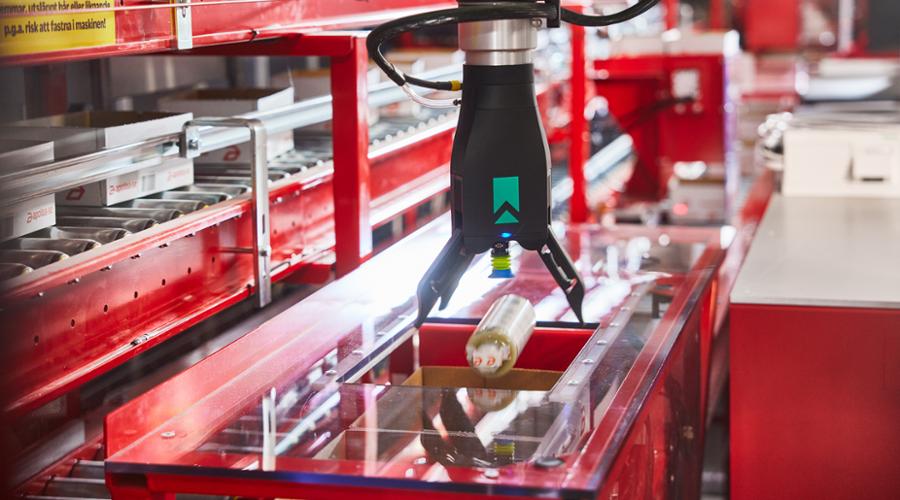
.jpg)
